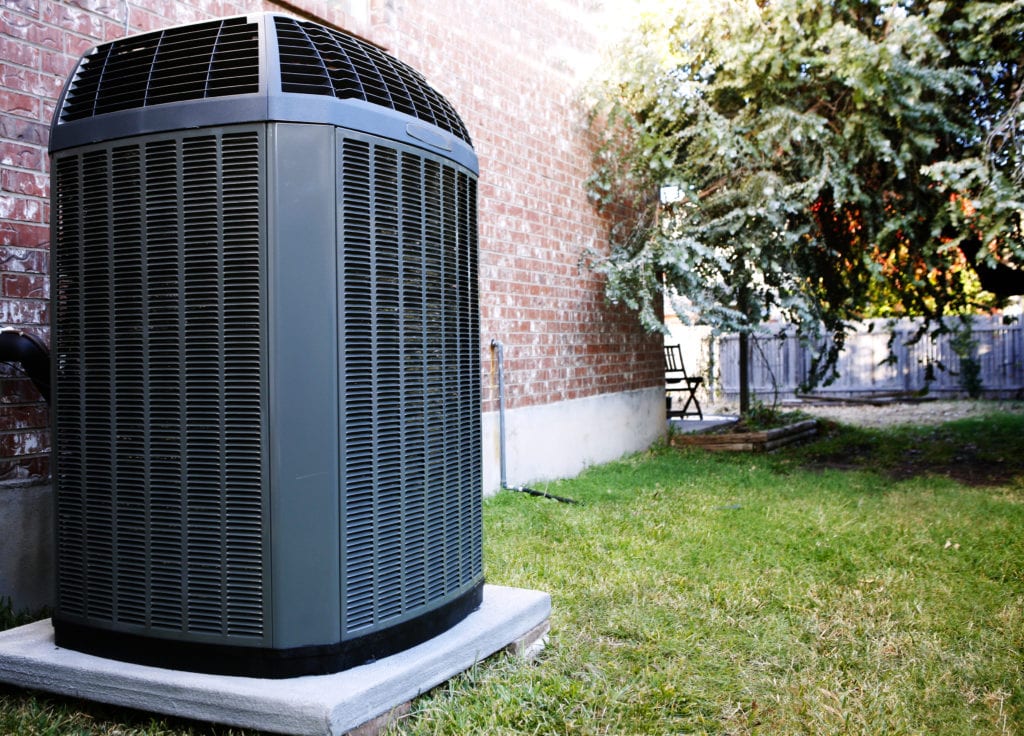How do Heat Pumps Save Money?
Industrial Heat Pumps constitute a class of equipment with active heat-recovery. They allow a waste-heat stream’s temperature to rise higher to convert into a more proper temperature. It is also a fact that a Heat Pump can encourage energy conservation in cases where the conventional recovery of passive-heat is less than possible. In this guide, we will introduce to our readers what heat-pump technology is and what are its applications in numerous industrial processes.
What is a Heat Pump?
A Heat Pump is any
device that aids in increasing the current temperature of a waste-heat source
to a higher temperature where that waste heat might become valuable. This waste
heat can then substitute the purchased energy and lower down energy costs. It,
however, must be noted that this increase in temperature does not come free of
cost. A typical Heat Pump needs
an external thermal or mechanical energy source. The idea is to formulate a
system to leverage the advantages of pumping wasted heat. Mainly two types of Heat
Pumps are found.
- Heat Pumps, which require mechanical work from the outside, and
- Heat Pumps that use external thermal energy.
What are the Functions of Heat Pumps?
Many types of Heat Pumps exist in the market, but they all
perform the three primary functions given below.
- Receiving the heat from the source of waste heat.
- Increasing the temperature of the waste heat.
- Delivering the useful heat at the increased temperature.
How Do Heat Pumps Save Money?
A Heat Pump uses
waste heat that is otherwise rejected into the environment by raising air
temperature efficiently. It can deliver the heat at a much lesser cost than
that of fuel. These Heat Pumps operate on the Carnot Cycle, a thermodynamic
principle different from the familiar Rankine Cycle used to drive steam
turbines. In this, downgrading high-grade thermal energy into a lower grade
creates shaft power or work. In the case of a steam turbine, this is achieved
by exhausting steam of low pressure and then supplying high-pressure steam.
On the other hand, a mechanical Heat Pump operates in the exact opposite way. It converts waste
heat of low temperatures into more usable high-temperature heat while absorbing
shaft work. The work needed to drive Heat Pumps will depend on how the waste
heat’s temperature is increased. A steam turbine produces more work as its
operating pressure range increases. Heat Pumps take up energy to increase the
waste heat’s temperature and consequently decrease the usage of purchased fuel
or steam. The economic value of buying a Heat
Pump will depend on the types of energy saved and consumed along with their
relative costs.
In mechanical Heat Pumps, the waste heat is first delivered
to the Heat Pump evaporator, which
vaporizes the Heat Pump working
fluid. Its compressor increases the working fluid’s pressure which raises the
condensing temperature. The condenser then condenses the working fluid and
delivers the high-temperature heat to the already heated process stream. The
temperature lift realised in the Heat
Pump is the key parameter that influences the afore-mentioned cost savings.
This temperature lift can be defined as the difference between the temperatures
of the evaporator and the condenser. As the temperature lift goes up, the cost
advantage erodes since higher lifts need more work.
If the circumstances are optimal, a Heat Pump can lower energy-related costs and even provide an
attractive cost-diminishing project. These cases include but are not limited
to:
- The heat output operating at a temperature where it can substitute the purchased fuel energy such as gas firing or boiler steam effectively.
- The cost of energy incurred to operate the Heat Pump is lesser than the saved energy’s value.
- The savings in the net operating cost (the difference between the decrease in the purchased energy and the operating cost) are sufficient to balance out or pay back the capital investment in a reasonable time.




Comments
Post a Comment